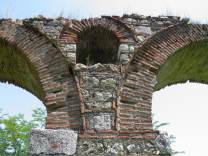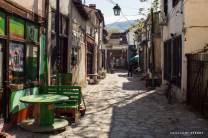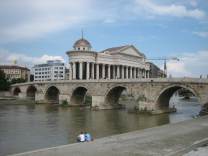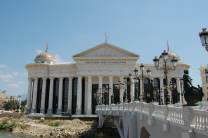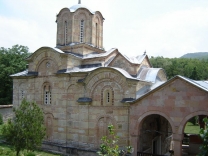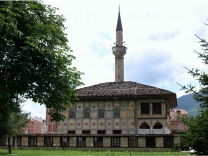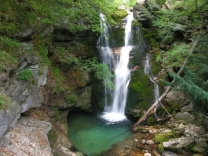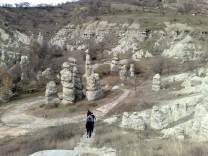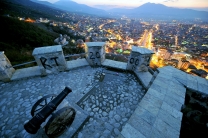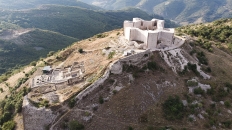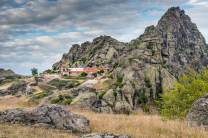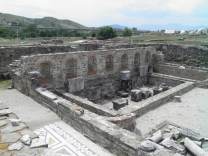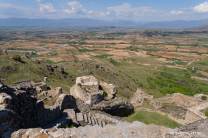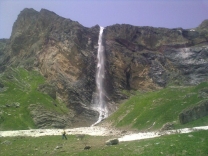No video yet

Skopje Aqueduct
The Skopje Aqueduct (Macedonian: Скопски аквадукт) is an aqueduct and archaeological site located in the village of Vizbegovo 2 km (1.2 mi) northwest of central Skopje, Macedonia. The Skopje Aqueduct is the only aqueduct in Macedonia, and one of three largest and well preserved in the former Yugoslavia along with Diocletianus Aqueduct near Split, Croatia and Bar Aqueduct in Montenegro.
The question of when the Skopje Aqueduct was built is unclear. There are three theories:
during the reign of Rome (1st century); according to this theory the aqueduct fed water to Legionary settlement Scupi. during the reign of Byzantine Empire (reign of Emperor Justinian I); according to this theory, the aqueduct shipped water to the new settlement Justiniana Prima. during the reign of Ottoman Empire; according to this theory the aqueduct was built in the 16th century for a large number of Turkish public hamams.This aqueduct was in use until the eighteenth century. Only about 386 meters (1,266 ft) with 55 arches of this structure of stone and brick remain. It is assumed that the aqueduct took water from the spring Lavovec (village Gluvo in mountain Skopska Crna Gora), 9 kilometers (5.6 mi) northwest from Skopje and brought water to city...



